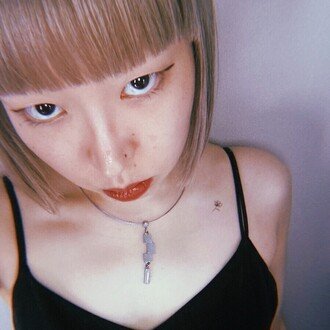
Dig Japan vol.27 “Botamochi (ぼたもち) and Ohagi (おはぎ)”
Dig Japan is a series in which I research and introduce in English topics related to traditional Japanese culture that interest me. In this article, I will introduce botamochi and ohagi.
Botamochi is wagashi made by steaming a mixture of glutinous and non-glutinous rice, pounding it lightly, rolling it into balls, and coating it with azuki bean paste. A similar wagashi called “ohagi” is often treated as the same thing, just with different names, according to the Food Encyclopedia, and the distinction is becoming less clear. Historically, both were used as ceremonial foods for events such as Higan (the equinox), but nowadays they are enjoyed in any season.

The basic recipe for botamochi is to steam a mixture of glutinous and non-glutinous rice (or simply glutinous rice), lightly pound it so that the rice grains remain, roll it into balls, and then coat it in bean paste. Conversely, it can also be stuffed with bean paste like daifuku.
Botamochi is often made with azuki beans and comes in two types: tsubuan and koshian. Other flavors include kinako (roasted soybean flour), aonori (green laver), sesame, and zunda, etc. When sugar was a scarce commodity, bean paste seasoned with salt was used, but in the mid-Edo period, bean paste sweetened with sugar became mainstream.
Regarding its name, there are various ways to call it. In the past, it was called “kaimochi” but there is also a theory that it refers to “sobagaki,” a mochi-like food made by kneading buckwheat flour with hot water. Botamochi made around the time of the midsummer day is also called “Doyomochi.”
In some regions, botamochi is called “hangoroshi” or “minagoroshi.” Hangoroshi refers to botamochi with rice grains still in it, while minagoroshi refers to botamochi with no rice grains remaining. In other regions, the name is changed based on the type of bean paste used, rather than how the rice is crushed, in which case tsubuan is called hangoroshi and koshian is called honkoroshi.

There are various theories about the relationship between botamochi and the Japanese sweet “ohagi,” also known as “hagi no mochi.” For instance, there is a theory that the name varies depending on the season in which it is made, and that it was named after a flower of that season. According to this theory, in the Edo period, botamochi was eaten on the vernal equinox and ohagi on the autumn equinox.
Another theory is that the name “botamochi” came from the fact that the azuki beans in botamochi resembled a peony flower. On the other hand, it is said that the name of ohagi changed from “ohagimochi” to “ohagi” because the shape of the azuki beans resembles the bush clover, one of the seven autumn herbs. It is also called “Yofune” in summer and “Kitamado” in winter.
There are also theories that the name varies depending on the type of rice, such as botamochi, which is made mainly from glutinous rice, and ohagi, which is made mainly from non-glutinous rice, or that the name varies depending on the outer ingredient, such as botamochi, which is covered with bean paste, and ohagi, which is covered with soybean flour. However, food encyclopedias often treat botamochi and ohagi as the same food, with only different names, and the distinction is gradually fading.
Historically, there has been a custom of eating botamochi and ohagi on Higan, but why is this? One theory is that since ancient times, it has been believed that the color red has the power to ward off evil, and it has been used in Shinto rituals in combination with rice and azuki beans, which symbolize a good harvest, and red rice is a prime example of this.
In addition, offering botamochi and ohagi on Higan is also meant to ward off evil spirits and console the spirits of ancestors. It is also said that people give thanks to the gods by making botamochi on the spring equinox, when farm work begins, and ohagi on the autumn equinox, when the harvest begins.
This article was written by 𝐡𝐢𝐫𝐨𝐤𝐨, working as a freelance translator and PR for overseas apparel brands in Japan, with the aim of broadening her own knowledge of traditional Japanese culture and spreading it to the world.
いいなと思ったら応援しよう!

